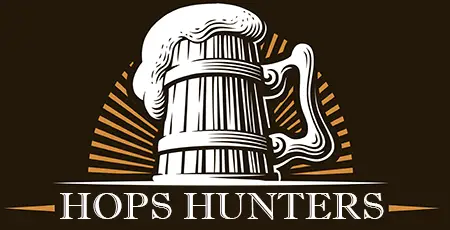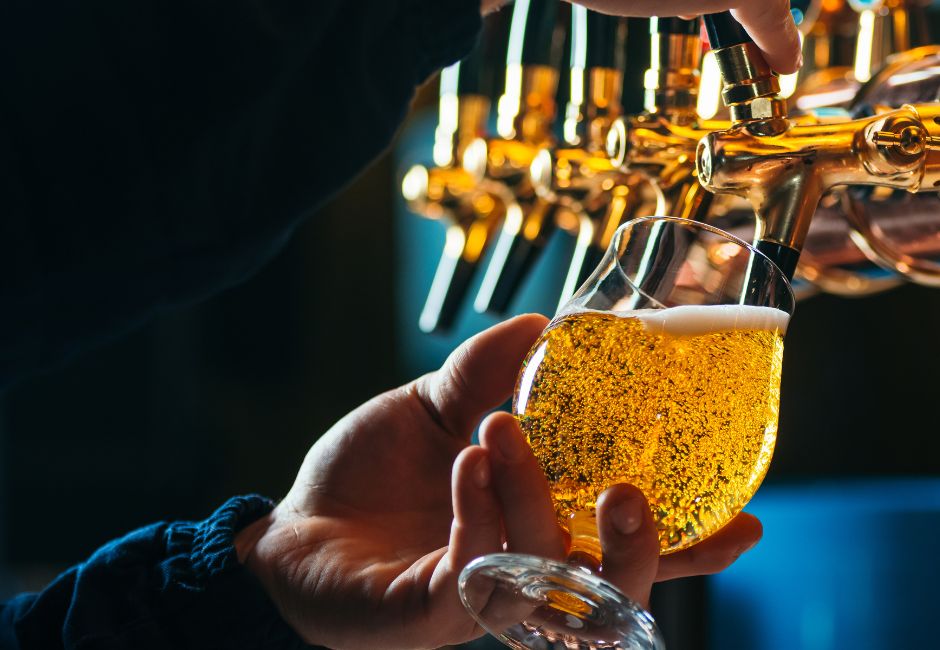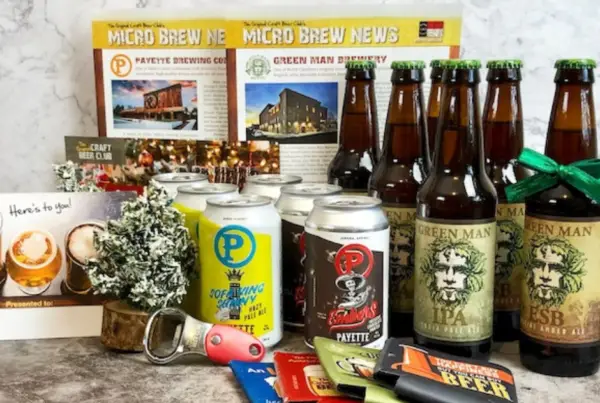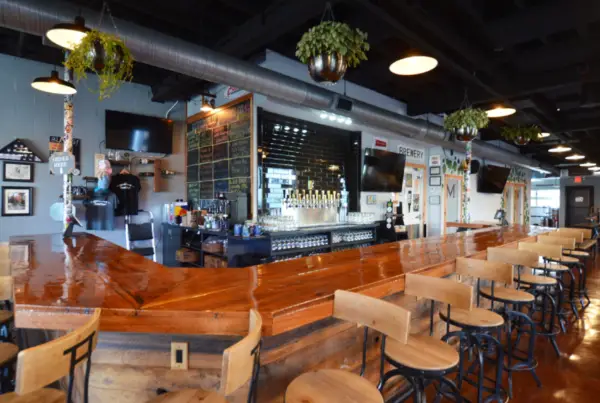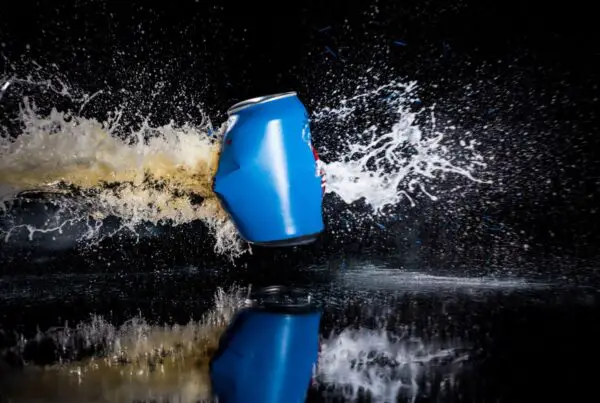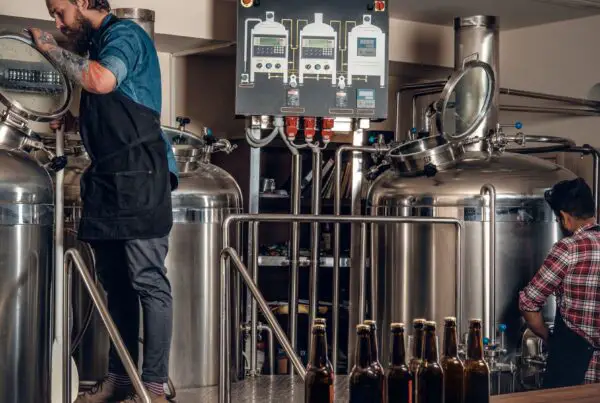What is Draft (or Draught) Beer?
What is Draft Beer?
Put simply, draft beer is just beer stored in kegs (or in the old days, casks) and served straight from a tap. Today, taps are mostly pressurized, but in the old days they had to be pumped by hand.
Why Does Draft Beer Taste Better?
If you’ve ever wondered why the beer from a tap down at your local dive bar tastes so much better than the stuff that comes straight from the bottling plant, it all comes down to three key factors:
- UV Protection – Beer doesn’t fare well with exposure to UV rays. And while green, brown, and UV-shielded clear bottles do a lot to shield beer from solar radiation, none of them come close to the protection of a metal keg.
- Oxygen Exclusion – As with most consumables, exposure to oxygen can lead to staleness and spoil a beer’s flavor. In a keg, beer enjoys a near vacuum-sealed existence, keeping it fresher for longer.
- Speedy Consumption – Compared to bottles and cans that may sit on shelves or in storage rooms for a while before they’re sold, kegs of beer generally don’t stick around long. Since they’re consumed at a faster rate, they’re perpetually fresh.
Tapping into the History of Draft Beer
A Draught by Any Other Name
Draft beer—spelled draught in the world of British beer—is served from a cask or keg rather than from a bottle or can.
The term draught refers to the act of serving or drinking beer and has actually been well established since the early 1800s, thanks to the perfecting of the beer engine by the prolific English inventor Joseph Bramah in 1797. (Technically the beer engine was originally invented by John Lofting way back in 1688—but let’s not get into a Tesla vs. Edison thing here.)
The Beer Engine
Now, what the heck was an early-1800s beer engine?
Well, it wasn’t a steam-powered locomotive chugging down the tracks with boxcars full of beer (unfortunately). Bramah’s beer engine was a manually-operated mechanical pump used to draw beer from casks down in the cellar up to the bar. In the UK, beer engines are actually still used in some pubs as a traditional, fittingly Wallace-and-Gromit-esque method of serving cask ales.
In any event, the history of draft beer can be traced all the way back to 1691, when an article in The London Gazette first mentioned Lofting’s beer engine, which could draw at a speed of 20 to 30 barrels an hour. Bramah later tweaked and optimized Lofting’s invention, and draught beer quickly became commonplace.
Fast forward to the 20th century, and draft beer began to be served from pressurized containers. And by the early 70s, draft beer almost exclusively referred to beer served under pressure as opposed to beer drawn from casks.
“Draft” as a Marketing Term
Now this is probably why you’ve found yourself searching for what draft beer actually is—marketing.
In recent years, the words “draft” and “draught” have been used as marketing terms to describe canned or bottled beers, heavily implying that they taste like beers drawn from a cask or keg.
This kind of misuse of beer terminology can also create an image of freshness, authenticity, or other unique qualities associated with draught beer, playing on consumers’ perceptions and preferences.
The two most famous examples of this are Miller Genuine Draft—a popular pale lager produced using a cold filtering process—and Guinness stout in its patented “Draught-flow” cans and bottles. While these names may suggest a direct line from the keg to your couch, don’t be fooled.
Technically, it’s incorrect to call any beer not drawn from a cask or keg draft or draught (MGD is the slightly worse offender here). But while these beers might not actually be “genuine” draft beers, they’ve at least made an effort to deliver a similar experience:
- In the case of Guinness, the “Draught-flow” can contains a ball and “widget” that releases a mixture of beer and nitrogen when the can is opened—giving the beer its characteristic creamy foam head.
- Miller Genuine Draft is cold filtered (rather than pasteurized) which the company claims preserves a fresher, more draft-like taste.
Final Thoughts
Such marketing has muddled the understanding of many unassuming beer drinkers—so just remember: when you see “draft” on a beer’s label, it’s much more about branding than brewing.
But hey, if it tastes good and you enjoy drinking it, you know what? Sometimes, that’s good enough. Because at the end of the day, the best beers are the ones you enjoy drinking.
